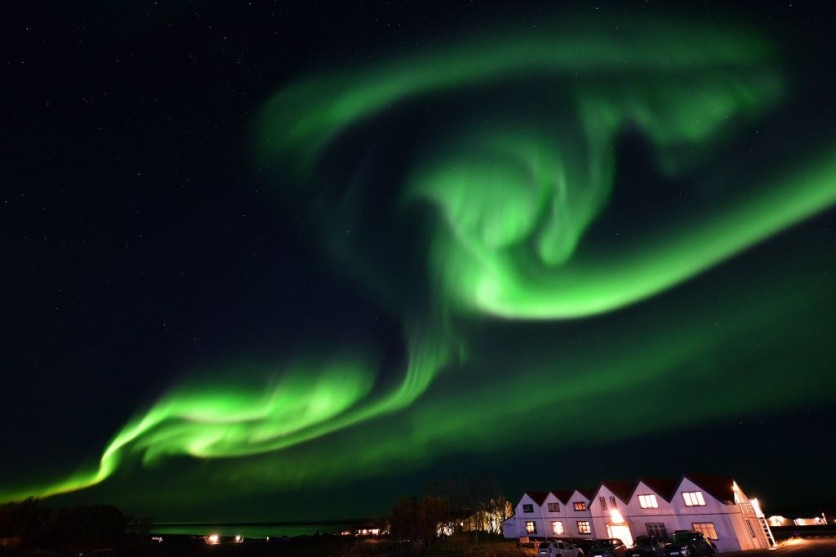'Airglow,' a phenomenon very similar to the famous Northern Lights, will be artificially recreated through the High-Frequency Active Auroral Research Program (HAARP) facility in Alaska for four days as per an Interesting Engineering report.
The experiment will reportedly run starting on Saturday, to study and experiment on the ionosphere, a section of the upper atmosphere of the planet that reaches several hundred miles (or around thirty miles) above the surface of the Earth and is highly concentrated in free electrons and ions.

Researchers from the University of Florida, Georgia Institute of Technology, Cornell University, University of Colorado Denver, University of Alaska Fairbanks, and University of Florida will all examine the artificial airglow and generate critically needed data about this uncommon occurrence.
The research will attempt to understand the ionosphere's systems responsible for optical emissions. Furthermore, the researchers will investigate if some plasma waves amplify other extremely low-frequency waves and how satellites may use these particular plasma waves to detect and prevent collisions.
How to See the 'Airglow' in Alaska
The facility used to recreate the 'airglow' phenomenon will be playing it by reportedly stimulating electrons in the ionosphere of Earth with sporadic bursts of high-frequency radio waves. HAARP's Ionospheric Research Instrument, which consists of 180 high-frequency antennas phased over 33 acres, can emit 3.6 megawatts into the upper atmosphere and ionosphere.
The public can see the artificially recreated airglow by slightly looking to the side due to how the human eye functions. It will be available for the four days following HAARP's release of radio waves. The airglow will be visible as a pale red or possibly green area located up to 300 hundred miles away from the HAARP site in Gakona.
'Airglow' is often mislabeled as 'Aurora Borealis' or Northern Lights due to how visually similar the two phenomena are. The two stunning spectacles are, however, different due to how each visual is achieved, as well as how other the two structures are.
'Air Glow' vs. Northern Lights
Real Clear Science notes that the Earth's atmosphere naturally "glows" as 'airglow.' It occurs frequently and everywhere in the world. 'Dayglow,' 'twilightglow,' and 'nightglow' are the three different kinds of airglow.
These types form differently, with the 'dayglow' forming when sunlight enters the daylight atmosphere. The molecules in the atmosphere take in some solar energy, which provides it more power, thus becoming enthusiastic. After absorbing light, the molecules emit this energy as light, either at the same frequency (color) or somewhat lower. The human eye cannot perceive this light with the naked eye since it is far fainter than daylight.
'Dayglow' and 'twilight glow' are nearly identical, except that the higher atmosphere is lighted by the sun. The spectator on the ground is in the dark, as is the remainder of the atmosphere. Therefore, the twilight glow is genuinely visible to us on the ground with the unaided eye, unlike the day glow.
'Nightglow', on the other hand, is formed by "chemiluminescence," wherein during the day, sunlight contributes energy to the atmosphere, part of which is converted to oxygen molecules. The oxygen molecules split into separate oxygen atoms due to this additional energy. After splitting, the molecules do "recombine" into molecular oxygen.
Next, energy is released by the molecule oxygen once more in the form of light. Other colors are generated, including a "bright" green emission.
'Aurora Borealis', on the other hand, occurs when charged particles like electrons hit the Earth's atmosphere. These charged particles clash with the atmospheric gases after being propelled in the Earth's
magnetosphere from its starting point in the sun. They cause the gasses to release light by transferring energy.


![Apple Watch Series 10 [GPS 42mm]](https://d.techtimes.com/en/full/453899/apple-watch-series-10-gps-42mm.jpg?w=184&h=103&f=9fb3c2ea2db928c663d1d2eadbcb3e52)


